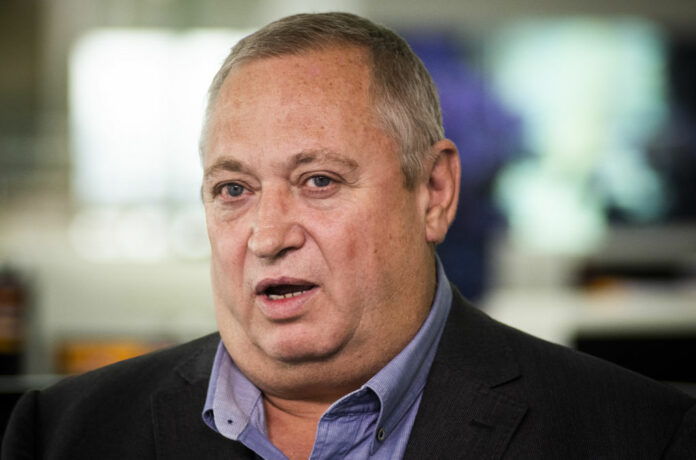
A STRIKE at the gold mines of Sibanye-Stillwater was aimed at bringing about above-inflation wage increases at the group’s platinum group metals (PGMs) assets, said CEO Neal Froneman.
“Our strike in gold is not about gold wages,” Froneman said. “It’s really about setting the scene about what will take place in PGMs. We will not tolerate an increase that is much above inflation,” he said adding that there had been “catch up” in wages in the South African mining sector. Froneman was commenting at the PGM Industry Day in Johannesburg on Wednesday.
A strike was called by the National Union of Mineworkers and the Association of Mineworkers and Construction Union, organisations previously at loggerheads over membership. Recently appointed secretary-general William Mabapa told the Business Maverick recently that unions at war was to the benefit of employers.
“It is painful for us to lose members to another union. The reality is that if that union is a well established and registered union, then you need to respect that — and if the workers join it, you need to respect that in terms of freedom of association,” he said.
Mabapa’s comments suggest the strike at the gold mines is, for NUM, also about re-establishing its credibility with mineworkers. The NUM and AMCU are asking for a R1,000 per month increase for entry-level miners – an increase that Sibanye-Stillwater said would add R1bn in annual costs, which was unsustainable.
Froneman said that notwithstanding high average PGM prices, excessive wage increases would create “a cost squeeze. There are many ways to share value and I have no problem with that. You don’t do it by ratcheting up fixed costs,” he said.
“There is a real likelihood the world is going into a recession in short time and we can’t allow commodity prices to confuse us in wages and salaries,” he said. Froneman added that he would take “a firm line” on wage increases as well as tariff increases in electricity delivered by Eskom, South Africa’s state-owned power utility.
“Unfortunately, other people become the meat in the sandwich,” he said referring to the 31,000 employees at the Driefontein, Kloof and Beatrix gold mines that were heading for a second month without pay.
According to Sibanye-Stillwater data, the benefits of the firm’s last wage offer – which was a R700 per month increase for entry level miners – had already been rubbed out as a result of the no work no pay rule observed under law during the strike.
Entry level employees have each lost about R16,560 as of April 7. The strike started on March 8 with the firm locking out employees on March 9.
AMCU said last month that it might call out members at Sibanye-Stillwater’s PGM mines in a secondary strike. “If Sibanye Gold continues not to accept the demand of the workers, we will definitely ask all our members in platinum operations to join a secondary strike,” Jimmy Gama chief negotiator and treasurer at AMCU told Bloomberg News.
Sibanye-Stillwater produced 1.84 million 4E ounces of PGMs and 1.1 million oz of gold from its South African operations in its 2021 financial year ended December 31. Wage talks for the PGM sector are due to kick off later this year.











